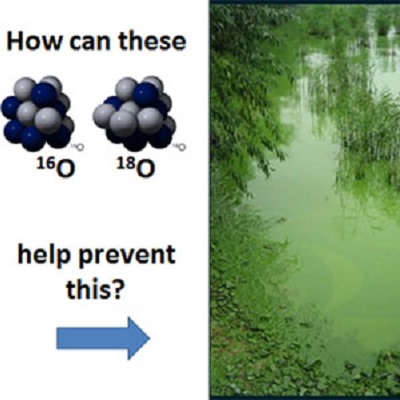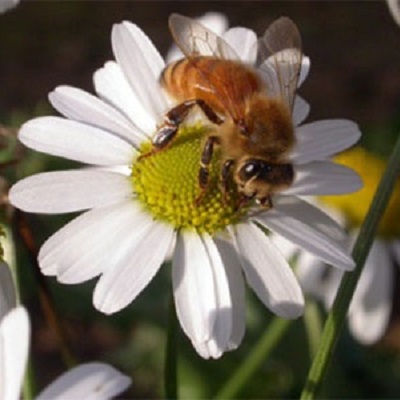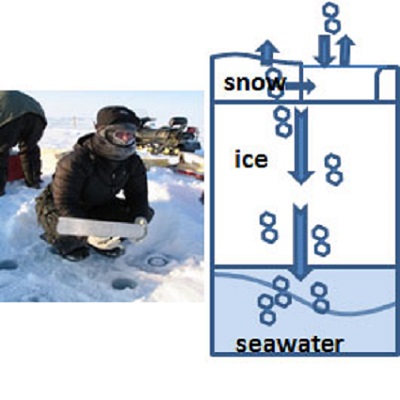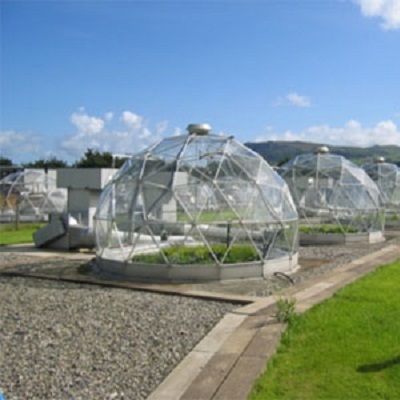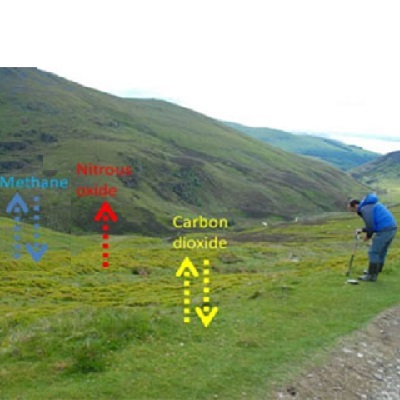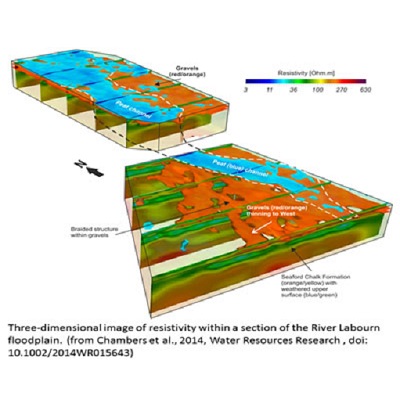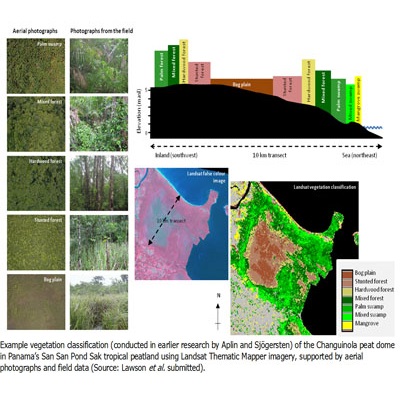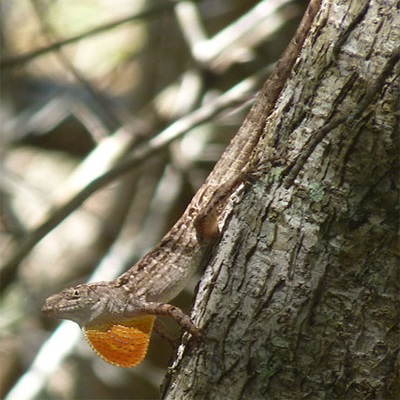This studentship offers you the opportunity to work with scientists across the UK to develop a new isotope tracer for the element phosphorus (P). Phosphorus is critical for life, being integral to the structure and function of key biomolecules including DNA and cell membranes. Therefore, P is both an essential element that supports food production […]
Read More
The effects of soil nutrition on plant growth and yield are well known and plant resource and life-history theories can predict patterns of plant community assembly in terms of functional traits expressed along a fertility gradient. However, these theories do not explicitly account for trade-offs in resource partitioning within a species when grown under contrasting […]
Read More
In the last decade, polar regions have seen rapid climate change. From the sea ice loss and impact on polar bears in the Arctic to rising Antarctic sea level and temperatures and the calving of continent-sized chunks of Antarctic ice sheets. The Southern Ocean surrounding Antarctic is a major source of heat for the region […]
Read More
Currently there is an array of persistent organic pollutants that undergo long-range transport in air and seawater and are present in the Earth’s Polar Regions. These chemicals, arising from industrial, agricultural and domestic sources are present in surface media (seawater, snow) often at trace level, but are undergoing bioaccumulation/biomagnification in the Arctic marine foodweb. The […]
Read More
At the global scale, ozone pollution, formed from complex photochemical reactions involving pollutants formed from vehicle and industrial emissions has been predicted to pose as big a threat to food security as climate change by 2030. Many of the world’s most important crops such as wheat respond to ozone pollution by decreasing vegetative growth, seed […]
Read More
This studentship offers a unique opportunity to explore the key controls of greenhouse gas (GHG) emissions from hill and upland soils using state-of-the-art measurement equipment linked to national flagship projects, which allows fluxes of N2O, CO2 and CH4 to be quantified at the field-scale, alongside integrated soil moisture measurements at the same scale. This semi-continuous […]
Read More
The adverse health effects of air pollution are the main drivers of policies to improve air quality both nationally and internationally. Although many pollutants have health effects, the clearest case has been made for particulate matter (PM), especially ultra-fine PM2.5. Whether air quality is acceptable is currently based on the use of measurements from a […]
Read More
It is now widely recognised that hydrological and biogeochemical processes that occur at the interface of groundwater (GW) and surface water (SW) can have a significant impact on catchment water quality and ecosystem health. Significant heterogeneity in the fabric of the subsurface at the GW-SW interface can lead to complex fluid flow pathways, both of […]
Read More
Malaysia’s North Selangor peat swamp forest is experiencing rapid and large-scale conversion of pristine swampland to oil palm agriculture, contrary to prevailing environmental guidelines. This peatland degradation is leading to the loss of valuable ecosystem services, including carbon sequestration, biodiversity, ground water recharge and surface water nutrient removal. This project aims to combine airborne remotely […]
Read More
This project will evaluate how incorporating interspecific ecological interactions into species distribution models affects predictions of species’ responses to climate change. Although ecological theory has long predicted that antagonistic interactions among species can limit species distributions, projections of how species will respond to climate change have generally focused solely on climatic factors. This project will […]
Read More

